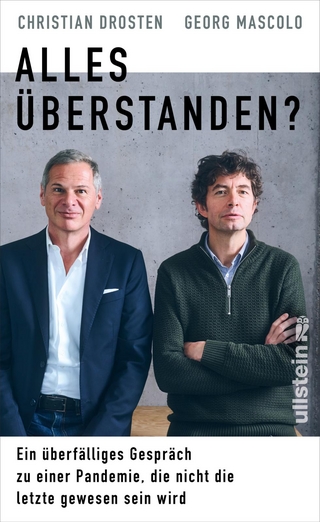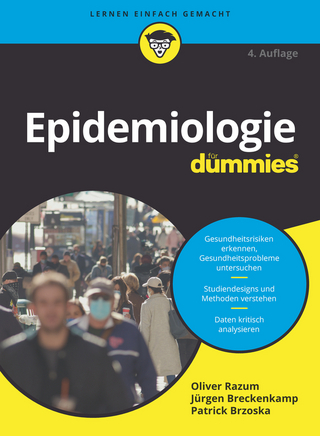
Dose Finding in Drug Development
Springer-Verlag New York Inc.
978-1-4419-2115-4 (ISBN)
This book emphasizes dose selection issues from a statistical point of view. It presentsstatisticalapplicationsinthedesignandanalysisofdose–responsestudies. The importance of this subject can be found from the International Conference on Harmonization (ICH) E4 Guidance document. Establishing the dose–response relationship is one of the most important act- ities in developing a new drug. A clinical development program for a new drug can be broadly divided into four phases – namely Phases I, II, III, and IV. Phase I clinical trials are designed to study the clinical pharmacology. Information - tained from these studies will help in designing Phase II studies. Dose–response relationshipsareusuallystudiedinPhaseII.PhaseIIIclinicaltrialsarelarge-scale, long-term studies. These studies serve to con?rm ?ndings from Phases I and II. ResultsobtainedfromPhasesI,II,andIIIclinicaltrialswouldthenbedocumented and submitted to regulatory agencies for drug approval. In the United States, - viewers from Food and Drug Administration (FDA) review these documents and make a decision to approve or to reject this New Drug Application (NDA). If the new drug is approved, then Phase IV studies can be started. Phase IV clinical trials are also known as postmarketing studies.
and New Drug Development Process.- Dose Finding Based on Preclinical Studies.- Dose-Finding Studies in Phase I and Estimation of Maximally Tolerated Dose.- Dose-Finding in Oncology—Nonparametric Methods.- Dose Finding in Oncology—Parametric Methods.- Dose Response: Pharmacokinetic–Pharmacodynamic Approach.- General Considerations in Dose–Response Study Designs.- Clinical Trial Simulation—A Case Study Incorporating Efficacy and Tolerability Dose Response.- Analysis of Dose–Response Studies—Emax Model.- Analysis of Dose–Response Studies—Modeling Approaches.- Multiple Comparison Procedures in Dose Response Studies.- Partitioning Tests in Dose–Response Studies with Binary Outcomes.- Analysis of Dose–Response Relationship Based on Categorical Outcomes.- Power and Sample Size for Dose Response Studies.
| Erscheint lt. Verlag | 23.11.2010 |
|---|---|
| Reihe/Serie | Statistics for Biology and Health |
| Zusatzinfo | XIV, 248 p. |
| Verlagsort | New York, NY |
| Sprache | englisch |
| Maße | 155 x 235 mm |
| Themenwelt | Mathematik / Informatik ► Mathematik |
| Medizin / Pharmazie ► Medizinische Fachgebiete ► Pharmakologie / Pharmakotherapie | |
| Medizin / Pharmazie ► Pharmazie | |
| Studium ► Querschnittsbereiche ► Epidemiologie / Med. Biometrie | |
| Technik | |
| ISBN-10 | 1-4419-2115-X / 144192115X |
| ISBN-13 | 978-1-4419-2115-4 / 9781441921154 |
| Zustand | Neuware |
| Haben Sie eine Frage zum Produkt? |
aus dem Bereich


